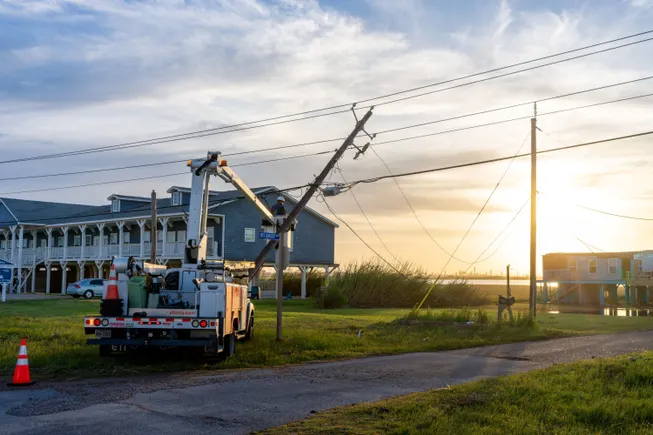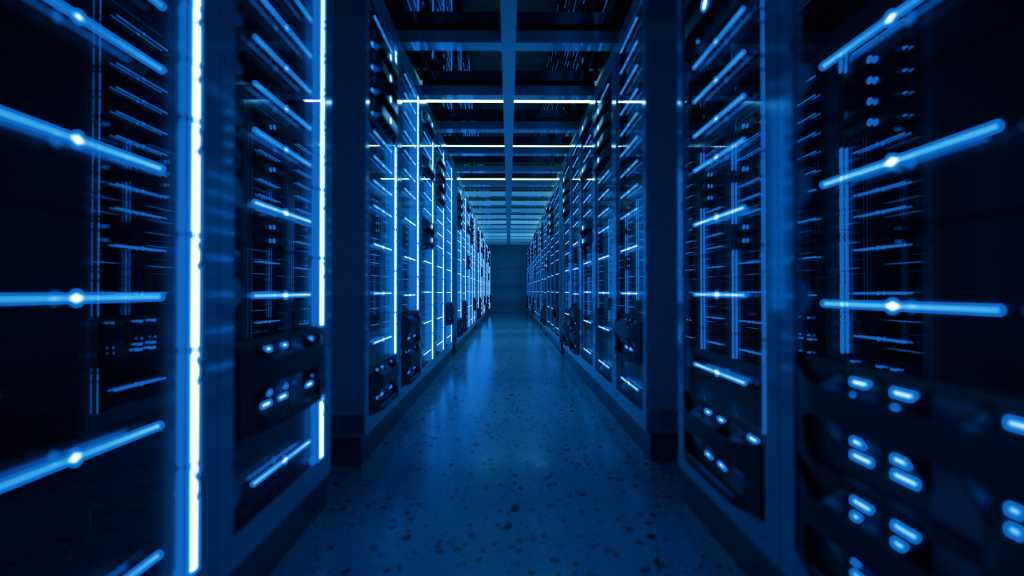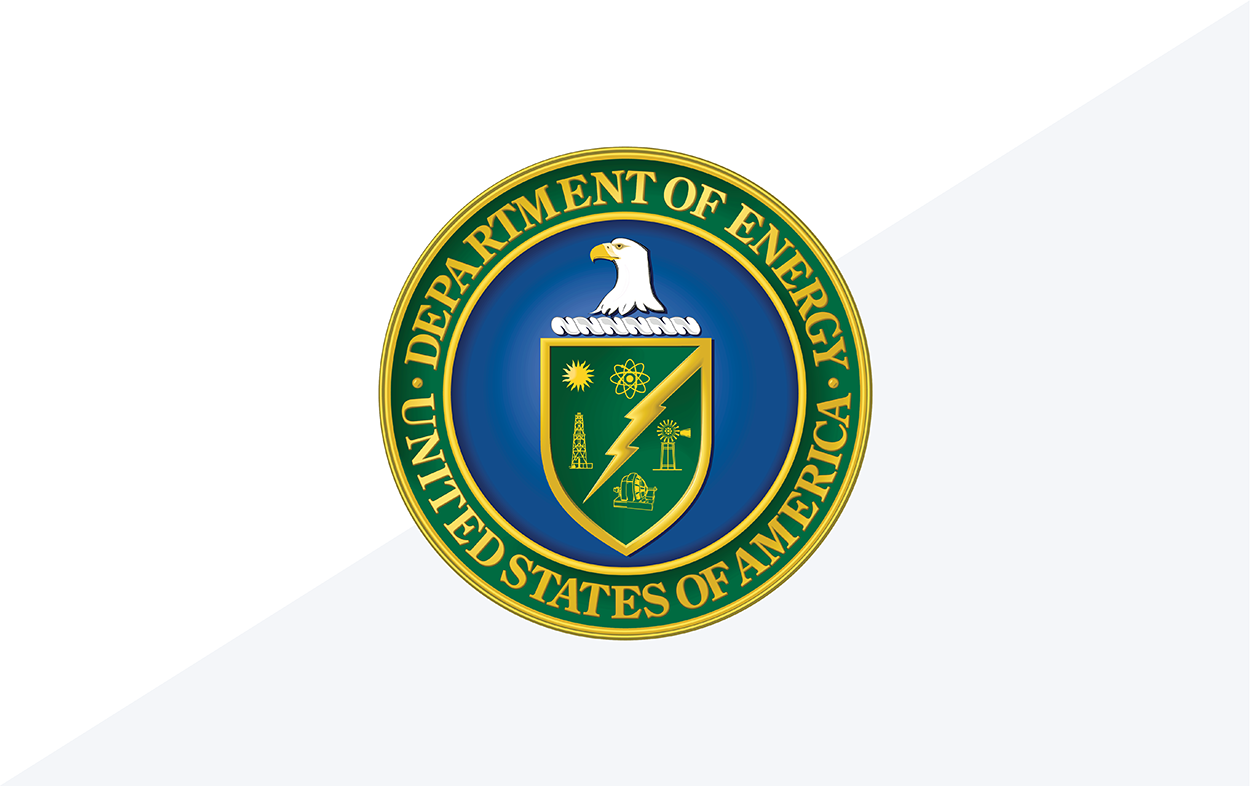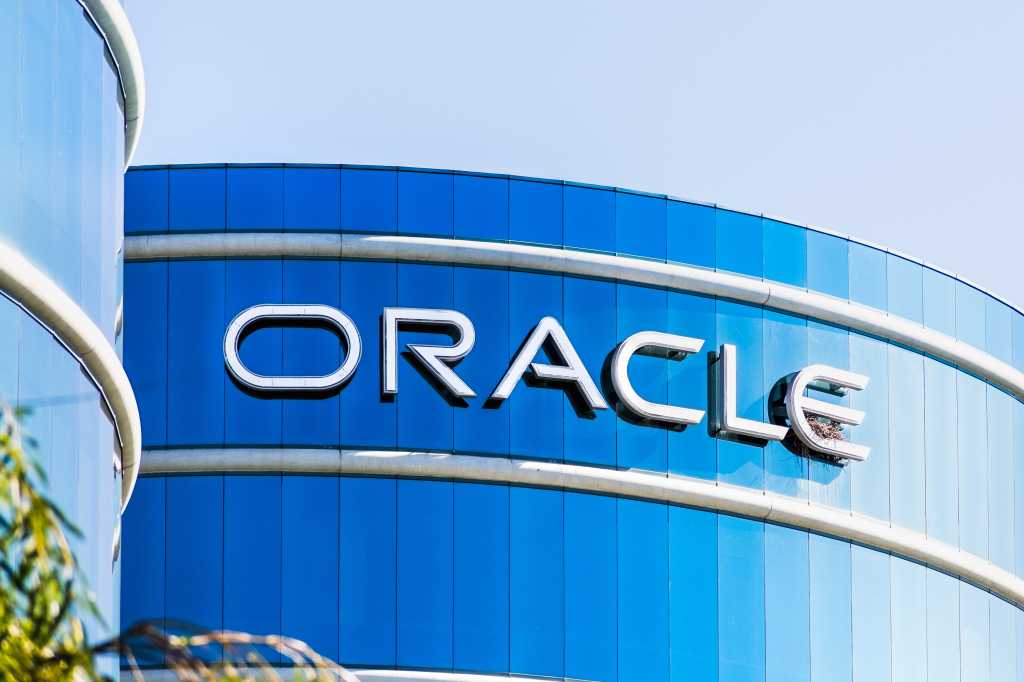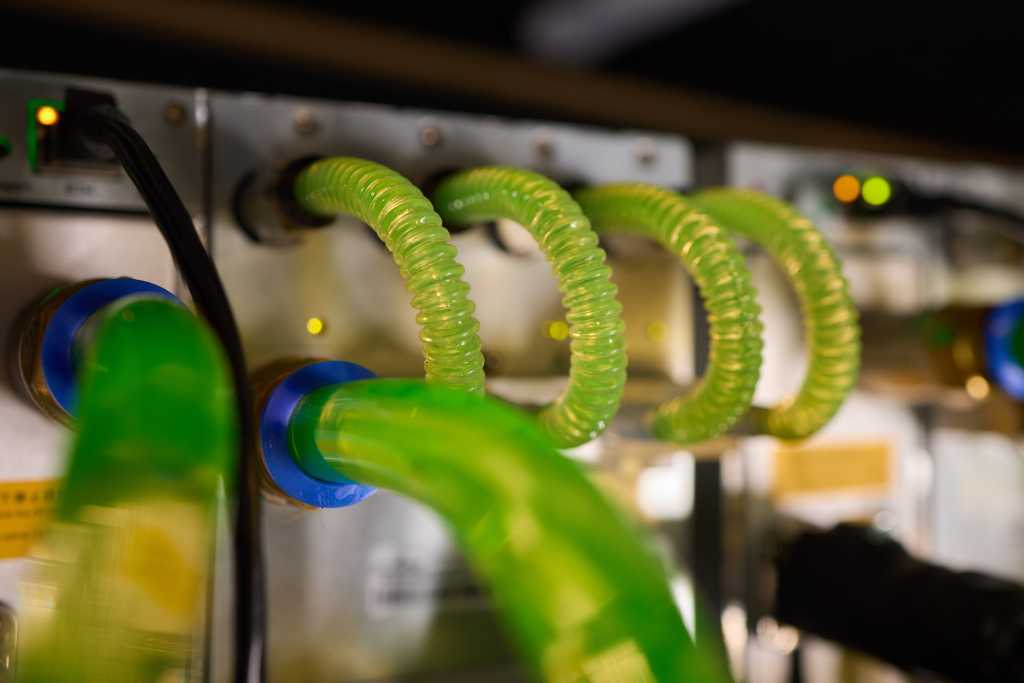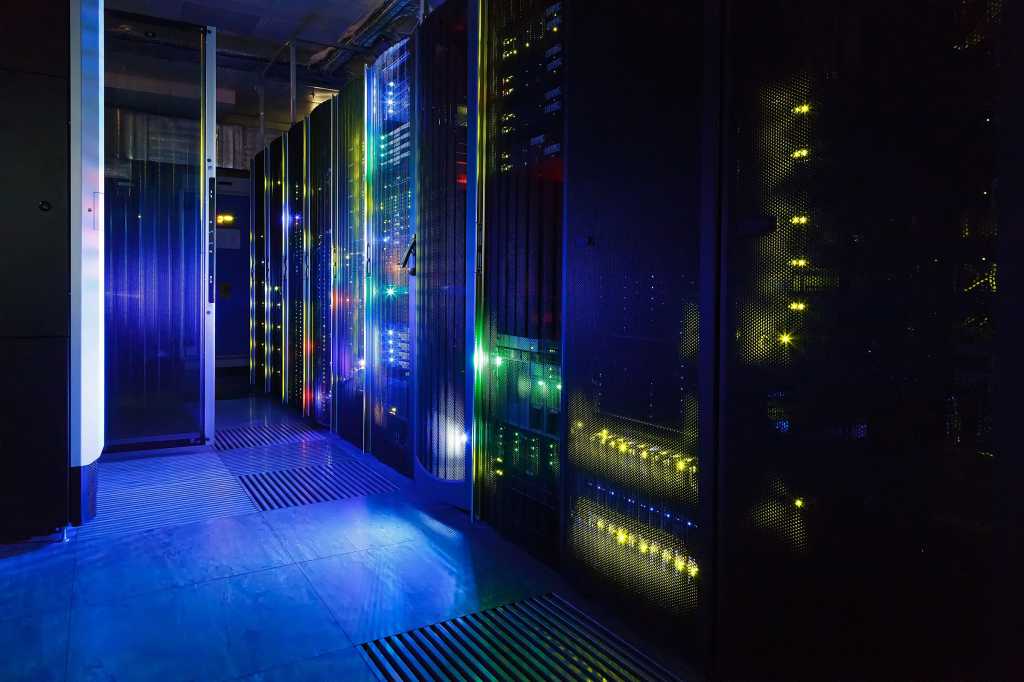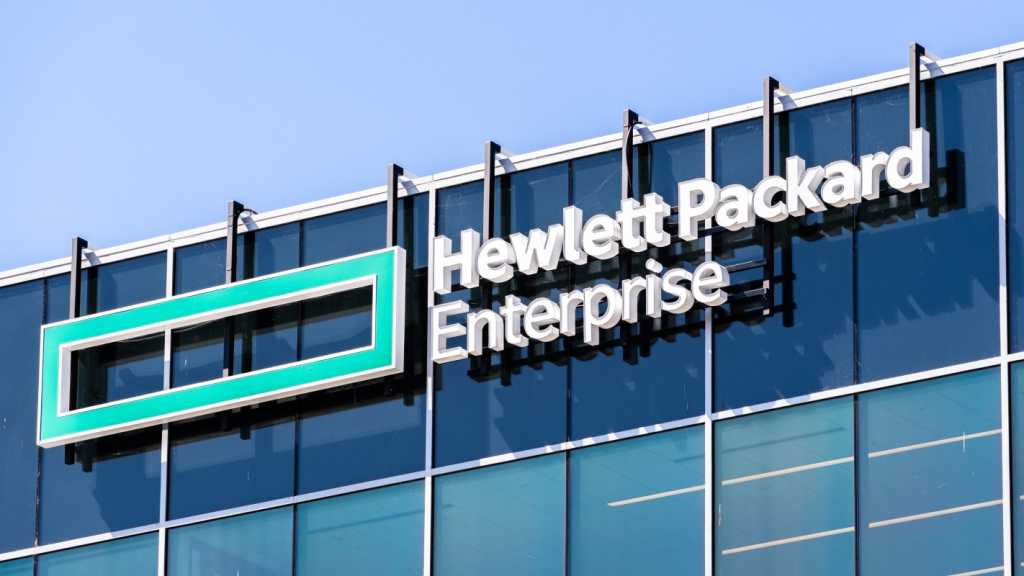A new podcast looks at how tidal energy can power Scotland’s future, strengthen its economy, and lead the way in renewable innovation. The talk features Johanna Money, an energy transition specialist at Scottish Enterprise, who outlines the extent of the opportunity and how Scottish Enterprise will support businesses.
A new podcast looks at how tidal energy can power Scotland’s future, strengthen its economy, and lead the way in renewable innovation. The talk features Johanna Money, an energy transition specialist at Scottish Enterprise, who outlines the extent of the opportunity and how Scottish Enterprise can support businesses.
Scotland is at the forefront of the tidal energy revolution, with its powerful coastal waters providing an outstanding opportunity to harness this clean, predictable energy.
Johanna said: “The marine renewable energy sector has a huge role to play in Scotland’s journey to net zero. We’re looking at how we can support Scottish companies to engage with tidal energy and how it can contribute to economic growth in Scotland.”
£4.5bn of potential
 © Supplied by Scottish Enterprise
© Supplied by Scottish EnterpriseA recent report commissioned by Scottish Enterprise and authored by the University of Edinburgh’s Policy and Innovation Group, highlights the economic potential of tidal energy.
The report estimates that by 2050, Scotland could be home to 4.3 gigawatts of tidal energy, and from those and a further 1.9 GW of other UK projects generate a GVA benefit to Scotland of £4.5bn, as well as creating almost 6,000 jobs from this domestic market.
One of the key factors setting tidal energy apart from other renewables is its predictability. “Unlike wind or solar, tidal energy is entirely predictable,” said Johanna. “We know exactly when the tide will go in and out for centuries to come. That kind of reliability provides significant energy system benefits to the national grid.”
World-leading projects in tidal energy
Scotland’s leadership in tidal energy is already evident through pioneering projects such as MeyGen in the Pentland Firth – the largest tidal array in the world – Nova Innovation in Shetland, and Orbital Marine Power’s floating tidal turbines.
“These projects showcase Scotland’s expertise and innovation in tidal technology,” noted Johanna. “We’ve already developed the world’s first tidal arrays and largest tidal turbines. Now, with support through UK Contracts for Difference (CFD), we have a pipeline of projects set to be operational by 2030.”
Supply chain and export opportunities
 © Supplied by Scottish Enterprise
© Supplied by Scottish EnterpriseTidal technology also offers significant opportunities for Scotland’s supply chain and coastal communities.
“Much of the knowledge and expertise from Scotland’s oil and gas sector are directly transferable to tidal energy,” Johanna highlighted.
Looking to the future, Scotland is also positioning itself as a global leader in tidal energy exports.
“With an estimated 120 gigawatts of tidal energy available worldwide, Scotland has the potential to be at the heart of a potentially $136 billion [JM1] global market,” said Johanna. “By maintaining our leadership, we can export our technology, expertise, and innovation to the rest of the world.”
Orkney innovation shows the way
The podcast also heard from Eileen Linklater, corporate affairs director for the European Marine Energy Centre (EMEC) in Orkney. EMEC is the world’s leading centre for testing wave and tidal energy converters in the sea.
Eileen highlighted that the testing work had generated a return to UK economy of £370m, with £263m in Scotland and £130m in Orkney specifically, while creating more than 200 jobs.
She added: “We’re creating high value jobs which help retain the young people in Orkney.”
To learn more, tune in to the podcast and discover how Scotland is making waves in the energy transition.

